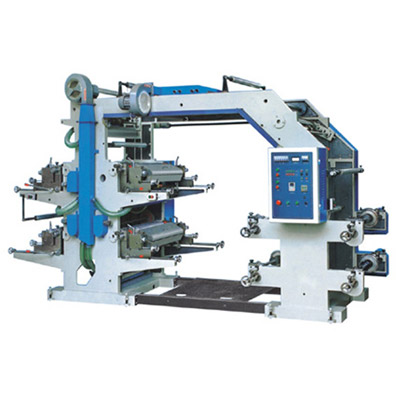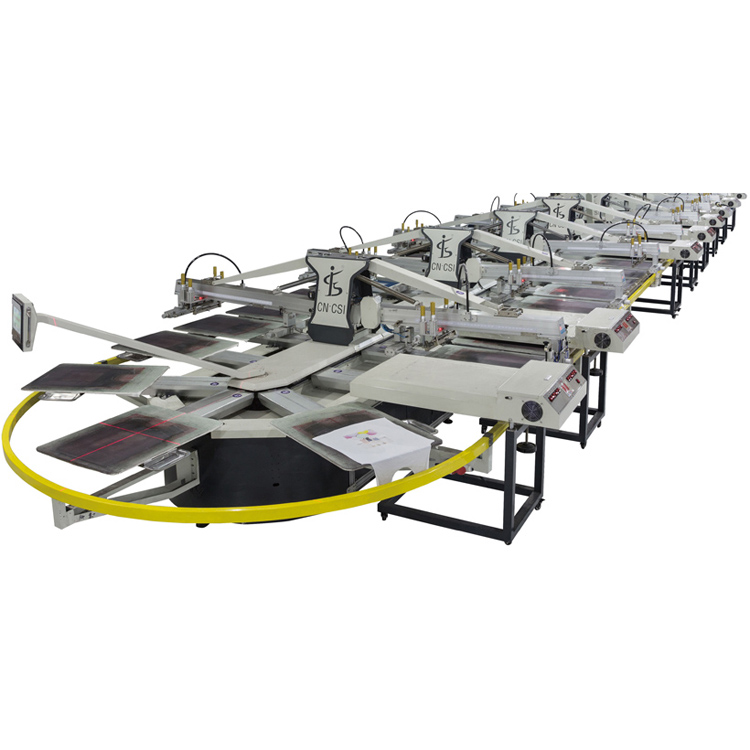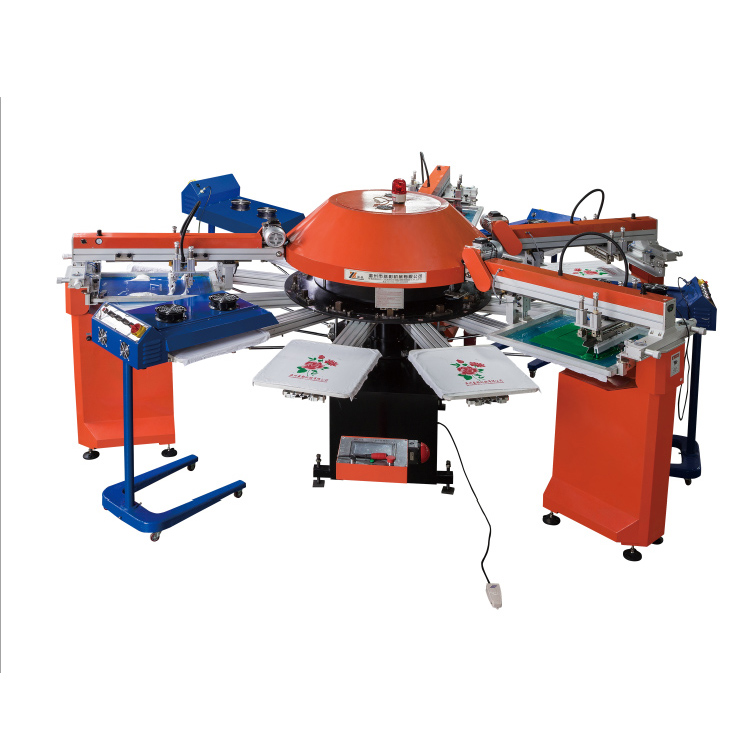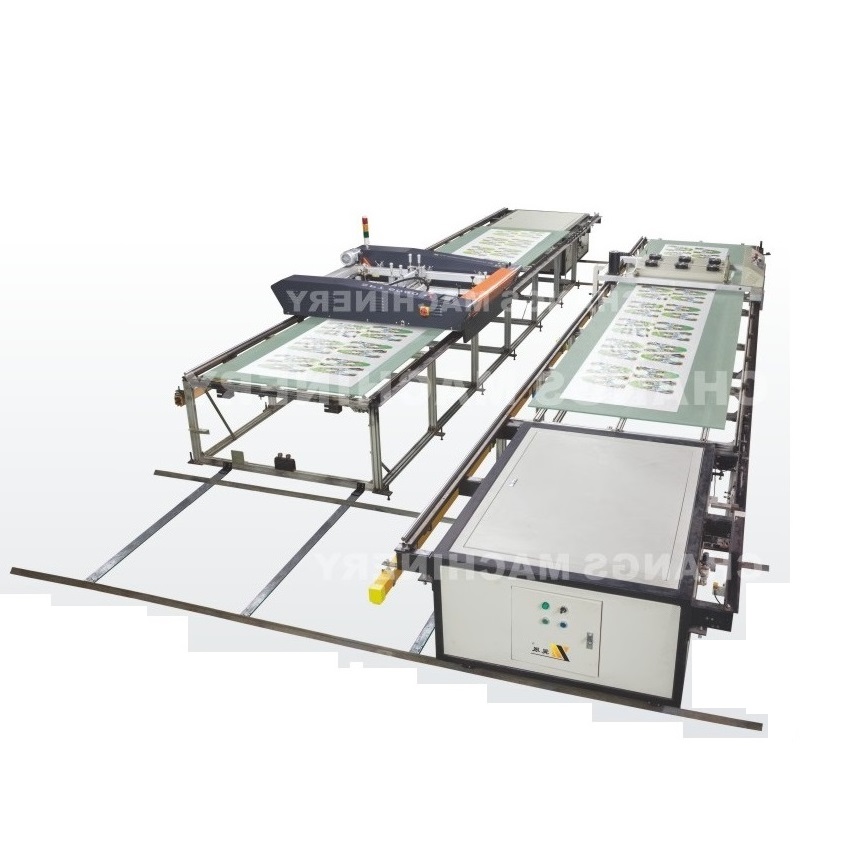different craft
Flexo printing machine: use fluid ink with strong fluidity, the ink is transferred to the graphic part of the printing plate by the ink fountain rubber roller and the anilox roller to make it inked, and then the printing pressure is applied by the pressure roller to press the printing plate The ink on the surface is transferred to the substrate, and finally the printing process is completed on the dry surface.

Letterpress printing machine: The printing process using stereotypes and photosensitive resin plates is: preparation before plate loading → plate loading → printing → quality inspection.
According to relevant data, the number of gravure printing is gradually declining, and the corresponding flexographic printing is growing, replacing the original gravure market. What is the reason for this situation? From the perspective of printing companies Look, what are the advantages of flexographic printing? Let's take a look below.
Flexographic printing, offset printing, gravure printing, and screen printing is the four most common printing methods in the world, each with its own characteristics and advantages. Flexographic printing has developed rapidly in countries with developed printing industries such as Europe and the United States. Packaging printing has changed from gravure and offsets printing to flexographic printing, and about 70% of packaging materials use flexographic printing.
Flexo, as the name implies, is a flexographic printing plate made of resin and other materials. It is a letterpress printing technology. The cost of plate making is much lower than that of metal printing plates such as gravure copper plates. This printing method was proposed in the middle of the last century. However, at that time, the supporting water-based ink technology had not been greatly developed, and the requirements for environmental protection were not so concerned at that time, so the printing of non-absorbent materials was not popularized.
In the past, the printing effect of gravure combined with solvent-based ink was significantly better than that of flexographic printing. Now, with the rapid development of water-based ink, UV ink, and other environmentally friendly ink technologies, the characteristics of flexographic printing have begun to show, which is not inferior to gravure printing. Overall From the point of view, the flexo printing machine has the following characteristics:
(1) Lower cost
The cost of plate making is much lower than that of gravure, especially when printing in small batches, the gap is huge.
(2) Use less ink
Flexographic printing adopts a flexographic printing plate, and the ink is transferred through the anilox roller, and the ink consumption is reduced by more than 20% compared with the gravure printing plate.
(3) Wide range
Flexo printing machine manufacturer warmly reminds us that the range of printing materials is relatively wide, such as paper, plastic film, aluminum foil, self-adhesive paper, and so on.
(4) Fast printing speed and higher efficiency
Manufacturers of flexographic printing machines tell you that flexographic printing uses roll materials, which can not only realize double-sided printing of substrates, but also complete online glazing (or lamination), bronzing, die-cutting, and waste discharge Rewinding and other work. The production cycle is greatly shortened, manpower, material, and financial resources are saved, production costs are reduced, and economic benefits are improved.
(5) more environmentally friendly
Generally, water-based inks, UV inks, and other environmentally friendly inks are used in flexographic printing, which is more environmentally friendly than solvent-based inks used in gravure printing.
Features of gravure printing
(1) Plate-making costs are high
Early gravures used chemical corrosion to make plates, but the effect was not good. Now laser plates can be used, so the precision is higher, and the plates made of copper and other metals are more durable than flexible resin plates, but the cost of plate making is also higher. High, the initial investment is larger.
(2) Better printing accuracy and consistency
Metal plates are better for high-volume printing and are better in consistency, less affected by thermal expansion and contraction
(3) Large ink consumption and high production cost
In terms of ink transfer, gravure printing consumes more ink, which virtually increases production costs.






